10 of the Most Audacious Scientific & Archeological Hoaxes - or Are They?
From America's 'Stonehenge' to Piltdown Man, scientific hoaxes have duped generations. Here’s our pick of the most audacious and amusing scientific discoveries. See if you can spot the fakes!
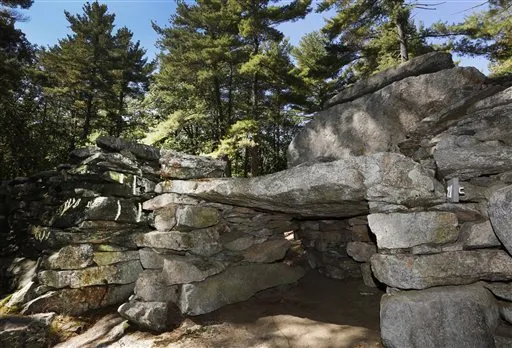
If the shoe fits...
To believers, the one acre of granite rock formations inside Salem, N.H.'s 'Oracle' chamber are America's Stonehenge, dating back some 4,000 years. Critics, however, believe 19th-century shoemaker Jonathan Pattee built his home on the site. On the Autumnal equinox, people flock to the woods to see the sun rise or fall over the chunks of rock. Inside the chamber, they view the 'secret bed' and 'sacrificial table'. Debate has been ongoing for decades. Plymouth State University archaeologist David Starbuck calls it "unquestionably provocative, puzzling and, above all, controversial" but admits there is probably no serious archeologist who believes it was created thousands of years ago.
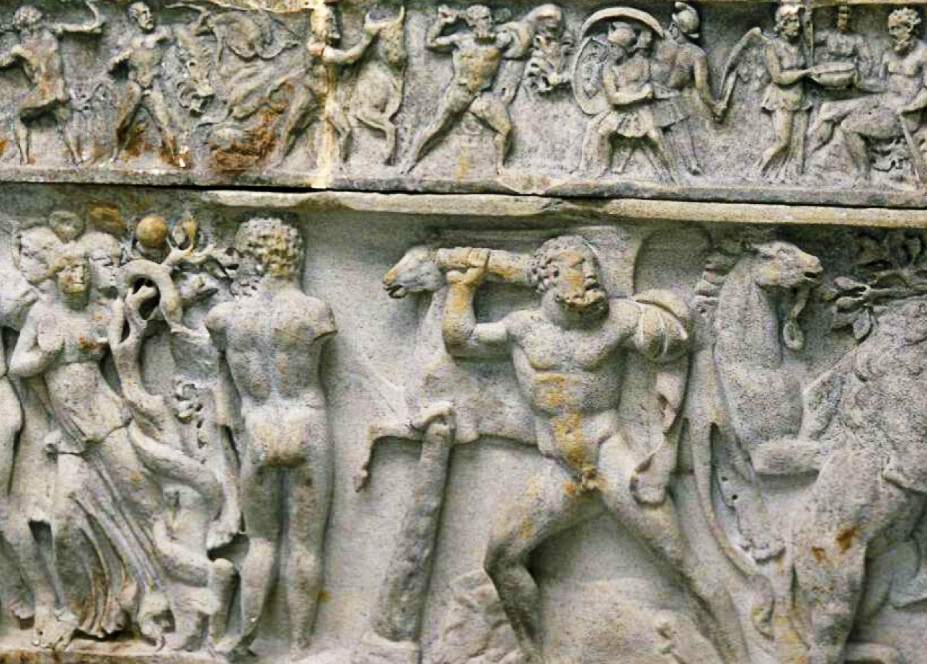
Hercules Sarcophagus - fake, real, or both?
The marble Hercules Sarcophagus discovered in Tarragona, Spain during the 19th century was used as 'evidence' of the Egyptian colonization of the site. Outside of Spain, critics dismissed it as a hoax until decades later when the Hercules Sarcophagus linked Tarragona to the Phoenicians. Unfortunately, that argument was also based on a fake artifact. There appear to be at least Hercules Sarcophagus that are not fake, however, including one found in Genzano di Roma, which resides in the British Museum, and a second believed to be from Rome and on display in Uffizi Gallery in Florence. The experts have been fooled before however, so you decide.
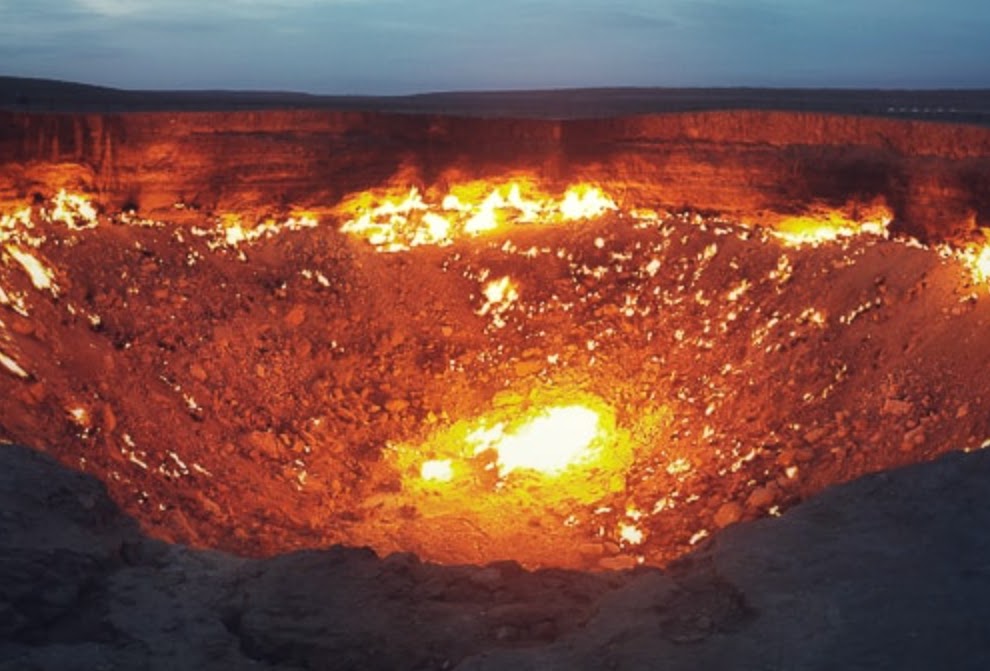
The Well to Hell
The ‘Well to Hell’ was supposedly discovered by Soviet engineers who drilled so deep they broke into Hell, an event reported as fact in 1989 by US religious network Trinity Broadcasting. The USSR team was said to have drilled nine miles deep into Siberia before breaking through a cavity. They then lowered a heat-tolerant microphone into the well - even though the chamber of fire below was 1,000 degrees Celsius (1,832 Fahrenheit) - and recorded the tormented screams of the damned. Unfortunately for Trinity, there was no Siberian well - although Soviet scientists did drill 12km (7.5 mi) into the Kola Superdeep Borehole but they didn’t meet Satan. The ‘screams’ were actually looped together from soundtracks including the 1972 vampire film Baron Blood. But then, they would say that wouldn't they?
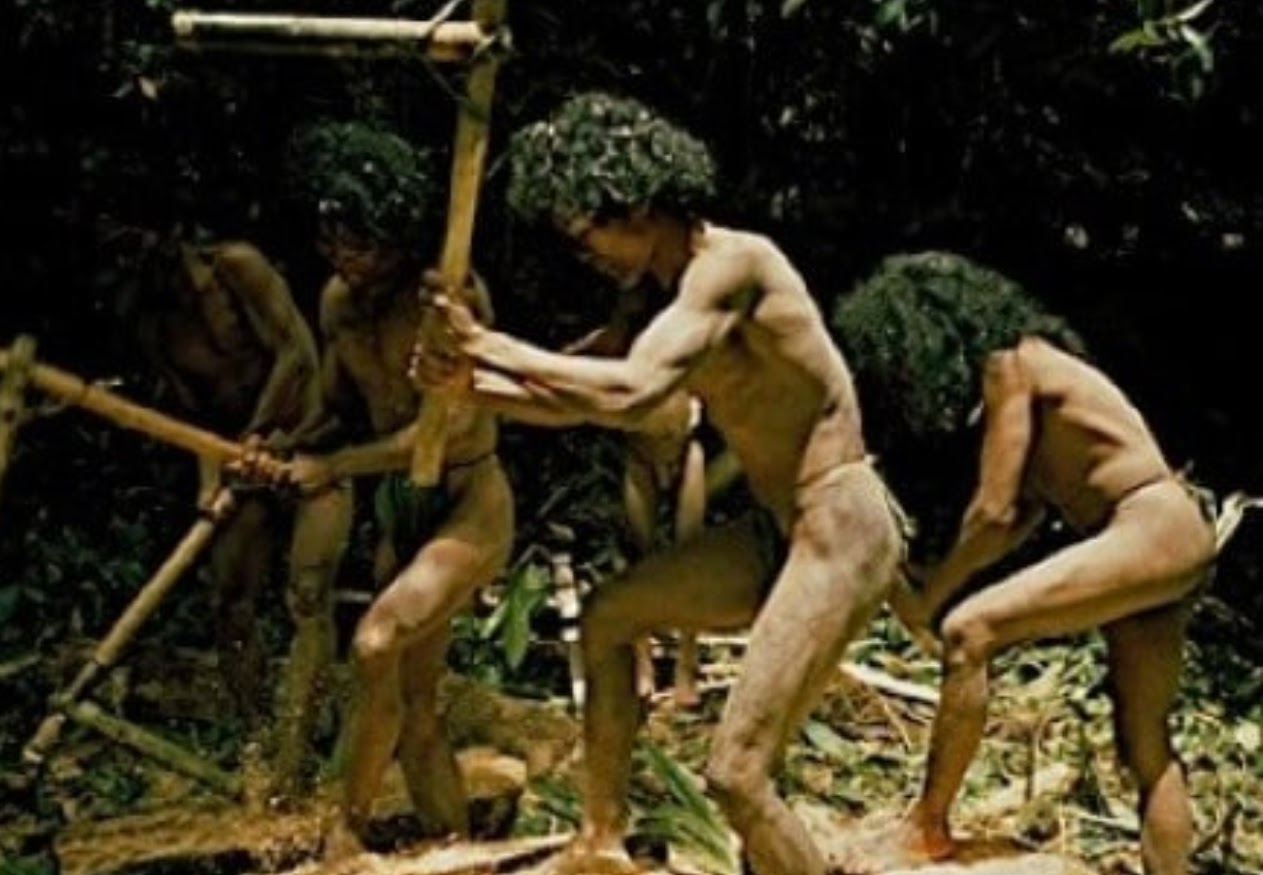
The Tasaday Tribe
Back in the ‘70s, with the Vietnam War raging, the world was excited to hear about the Philippines’ peaceful Tasaday tribe, modern-day cave dwellers with no words for weapons or war. Manuel Elizalde Jr, who ran the Philippines’ ministry that provided aid to indigenous groups, announced the discovery of the ancient tribe, cut off from society for 1,000 years. The New York Times wrote about the tribe’s language and shortened life span. National Geographic ran a feature: The Gentle Tasaday. By 1972, scientists found anomalies in the tribe’s diet and language, however, creating doubt that the tribe was isolated for centuries. By 1986, journalists snuck into their protected land, finding the Tasaday tribe living in houses, wearing clothes, and admitting they’d only briefly adopted the stone-age lifestyle at Elizalde’s insistence. He’d promised aid money in return for the tribe’s silence.
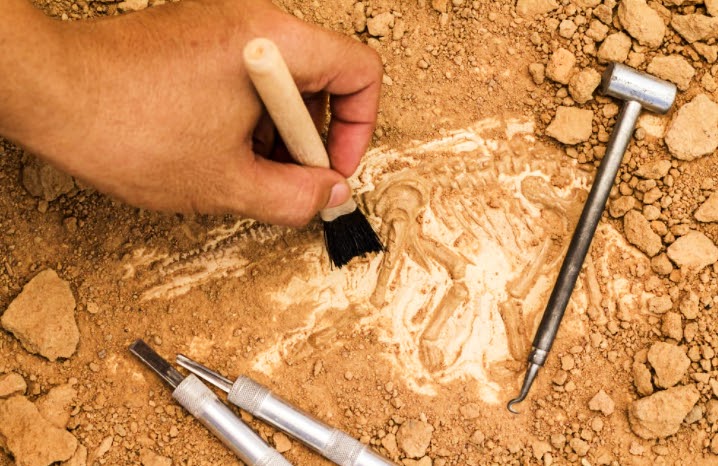
Fake relics?
Japanese archeologist Shinichi Fujimura shot to international fame in 2000 with his discovery of 600,000-year-old stoneware signifying the earliest signs of human life. Fame comes with a price, however. Archeologists worldwide started paying closer attention to Fujimura’s work and his previous ‘discoveries’. A Japanese newspaper set up hidden cameras to examine exactly why Fujimura’s digs were so much more successful than others and caught him planting articles early in the morning to ‘discover’ later that day. Fujimura told the media he was tempted by the devil and an ‘uncontrollable urge’. The archeologist was definitely a fake, but were all of his artifacts?

Crystal Skulls
In the 19th century, crystal skulls began appearing in antiquities market amid claims that they were made by ancient civilizations including the Maya, Toltec, and Aztecs Fringe theorists have contended that the skulls were made by people from the lost city of Atlantis. In fact, they were made by forgers in the 19th and 20th centuries - and no, not the aliens suggested in the 2008 movie Indiana Jones and the Kingdom of the Crystal Skull. Still, hope lives that an authentic crystal skull will be discovered.
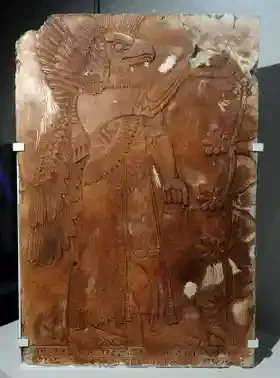
Hoaxes: it's a family affair
British forger/artist Shaun Greenhalgh produced an enormous number of forgeries between until 2006 with the help of his family who looked after the business side of things. Ancient Egyptian statues, Roman silverware and Celtic gold jewelry - he could do it all, even Leonardo da Vinci paintings. Greehalgh made a schoolboy error, however. He tried to sell Assyrian reliefs using the same provenance he’d used previously, raising the alarm. In 2007, while serving almost five years in prison, one of his fake da Vincis sold for $21.850, begging the question: had Greenhalgh become an artist in his own right?
"The brand new social experience where you activate your gaming skills as you train like a spy."
- TimeOut
Take on thrilling, high-energy espionage challenges across different game zones.


Piltdown Man
Amateur archeologist Charles Dawson claimed to have discovered the ‘missing link’ between ape and man back in 1912, a human-like skull unearthed in gravel beds near Piltdown village in southern England. The finding led Geological Society archeologists to hypothesize that human ancestors may have lived 500,000 years ago. By 1949, technology had advanced, however, and Britain’s Natural History Museum concluded the skull was only 50,000 years old, making it impossible for it to be the missing link. In fact, the skull and jaw fragments were from different species - one human and the other likely an orangutan.

Bare-fronted Hoodwink
Ornithologists may not be the first people you think of as practical jokers and hoaxers but bird watchers like to have a hoot. On April 1, 1975, the Royal Scottish Museum announced the discovery of a new bird species, the Bare-fronted Hoodwink (above), aka Dissimulatrix spuria. The April Fool’s Day hoax followed a tradition of bird pranks. Lester W. Sharp, a Cornell University botany professor, once gave a presentation on an unusual bird from the Gobi Desert known to locals as the Woofen-poof or Eoörnis pterovelox gobiensis. His finding then grew into a 34-page study by Augustus C. Fotheringham in The Buighleigh Press in 1928, describing the Woofen-poof’s rapid wing-beat, which produces a distinctive musical sound ‘three octaves above middle C’.

Loch Ness monster
In 1934 an iconic photo purporting to be ‘Nessie’ - as the Loch Ness monster is known - captured the world’s attention. The source of the photo appeared to be impeccable. It was sold to the Daily Mail by a London surgeon, R. Kenneth Wilson, who said he had taken the picture on a trip to the Loch near Inverness, Scotland. But was it a hoax? No one is sure. New Zealand scientists say the ‘monster’ may actually be a giant eel. Scottish authorities aren’t looking too closely into the matter, however. The mythical creature has created a booming tourist industry in the Highlands and a theater production of Loch Ness - The Musical is in development.
Honorable Mention
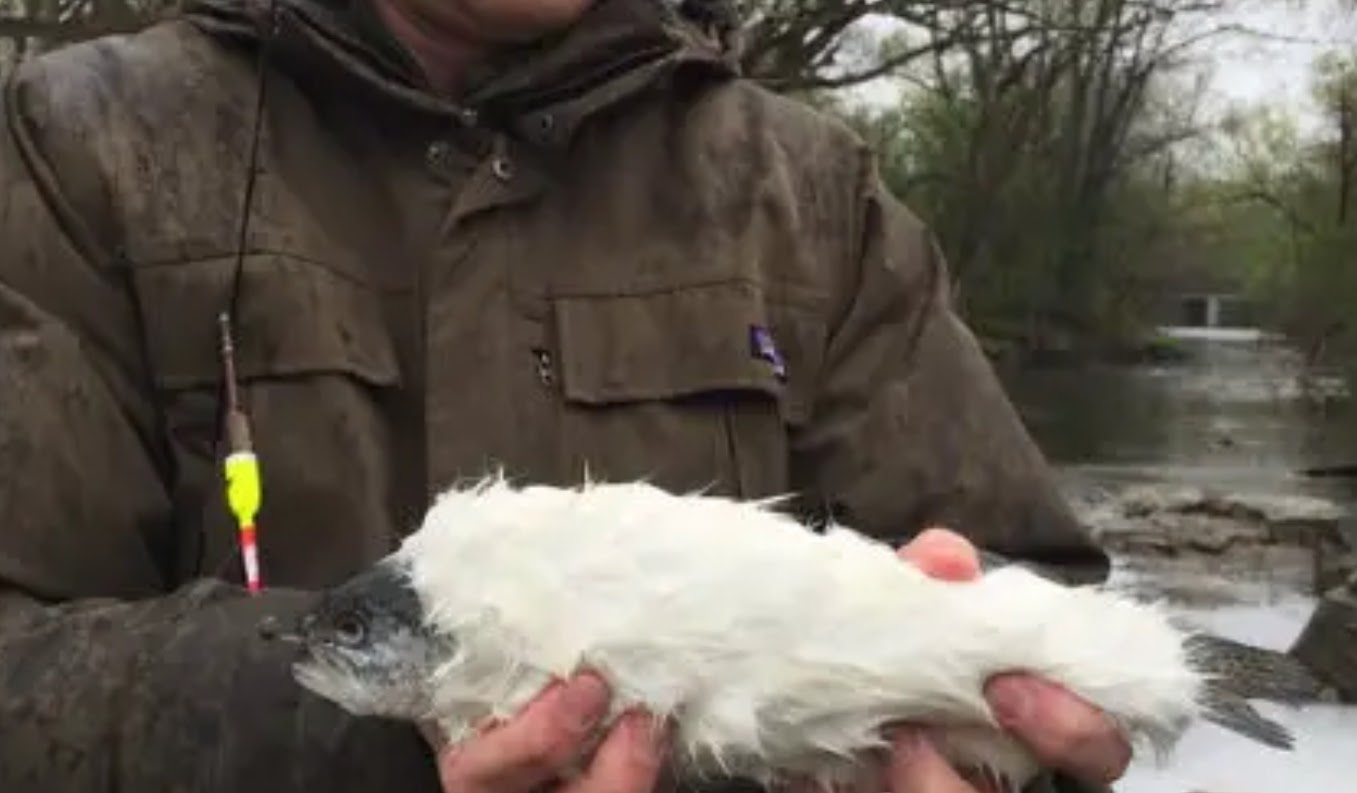
Furry trout
When a Wisconsin fisherman posted a furry trout photo to a news website in 2015 some readers fell for it - hook, line, and sinker. The investigative website Snopes fact-checked the fishy tale, however, and determined trout don’t actually wear fur coats. The truth hasn’t stopped museums from mounting the magical creatures on their walls throughout history though. In the 1930s, Colorado's Salida Museum was duped by a Chamber of Commerce rep who invented three furry trout and a ‘scientist’ dedicated to studying the cold-water phenomenon. The Royal Museum of Scotland proudly displayed its furry fish in the 1950s until a Canadian taxidermist admitted wrapping it in rabbit fur. Still... the truth may still be out there.
SPYSCAPE+

Join now to get True Spies episodes early and ad-free every week, plus subscriber-only Debriefs and Q&As to bring you closer to your favorite spies and stories from the show. You’ll also get our exclusive series The Razumov Files and The Great James Bond Car Robbery!


Gadgets & Gifts
Explore a world of secrets together. Navigate through interactive exhibits and missions to discover your spy roles.
Your Spy Skills
We all have valuable spy skills - your mission is to discover yours. See if you have what it takes to be a secret agent, with our authentic spy skills evaluation* developed by a former Head of Training at British Intelligence. It's FREE so share & compare with friends now!
* Find more information about the scientific methods behind the evaluation here.


Stay Connected
Follow us for the latest
TIKTOK
INSTAGRAM
X
FACEBOOK
YOUTUBE